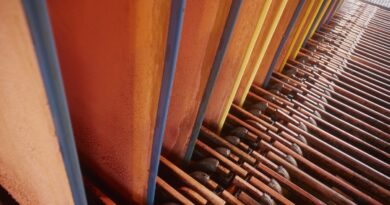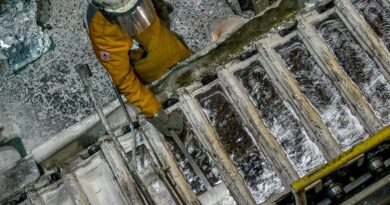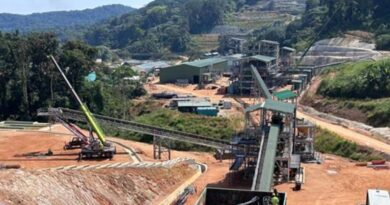Tin metal strategic stockpiles to be reassessed
The world’s strategic stockpiles of base metals are all active in today’s metals markets after a quiet recent past. However, they have been acting differently in the tin space. There are three major strategic reserves that are active in the tin market: the US DLA, the South Korean PPS, and the Chinese NFSRA.
The US stockpile has fallen considerably since the 1960’s, and now sits at around 4,000 tonnes of tin.
The US Defence Logistics Agency (DLA) has the oldest stockpile of commodities in the world. Originally started in response to the outbreak of World War II, stocks were built up enormously during the Cold War. At its peak, the DLA stockpile held over 300,000 tonnes of tin, along with a wide range of other materials. However, Congress authorised the disposal of 99% of the material in 1993, leading to significant sell-offs during the late 1990s and early 2000s. Since 2008, however, no sales of DLA tin were registered, until 2021.
The Korean Public Procurement Service (PPS) acts as both a commodities trader and strategic reserve. The Service was established just after the first Korean government, in January 1949. Original the Provisional Office of Foreign Supply, its original responsibility was to manage foreign aid supply.
In 1961, the Office’s scope was expanded to include domestic procurement, and in 1967, the PPS was given the task of stabilising supply, demand, and prices of major foreign raw materials. With little to no domestic tin supply, the PPS has been active in the tin market for some time.
In China, the NFSRA was originally set up to help manage the country’s food imports. The Administration now covers a wide range of commodities including base metals.
All three agencies are currently active in the tin market, but each are acting in different ways.




